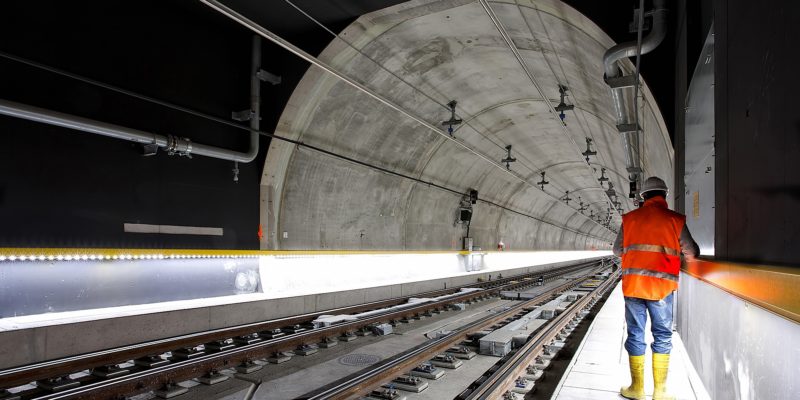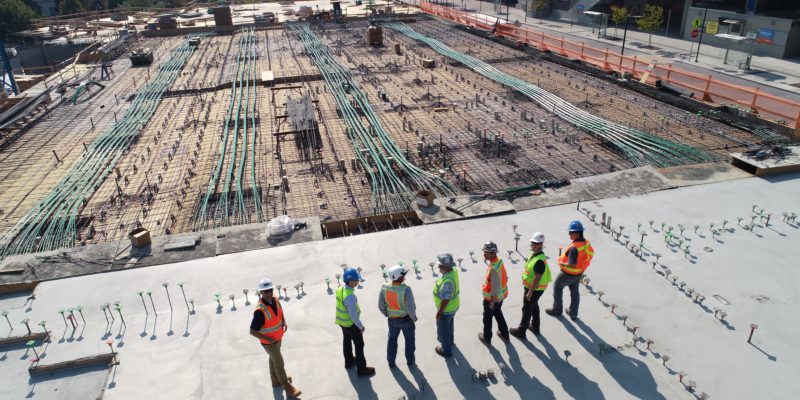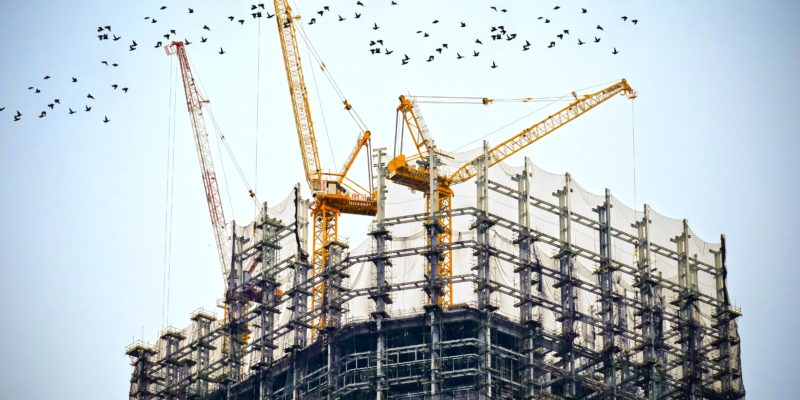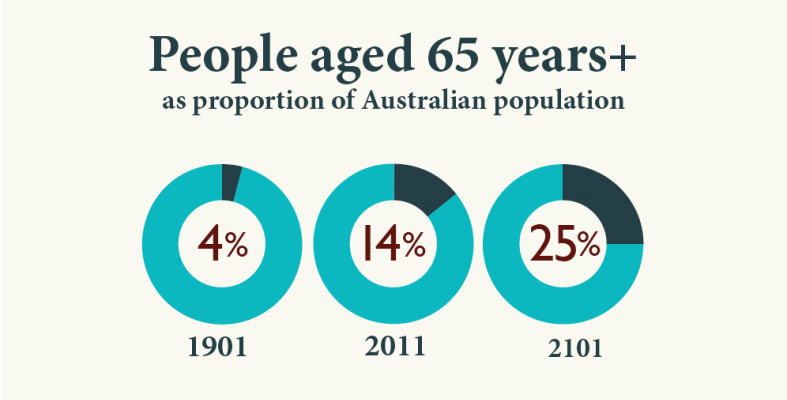Many individuals enjoy trades but are reluctant to leave their corporate 9-5 job. Trades like plumbing, electrician work or even construction work can actually be fun and exciting for those who enjoy this activity.
While pursuing a side trade job in your spare time and also juggling other responsibilities can be challenging, it can be rewarding when done well.
If trades are something you’re passionate about, or even if you’re looking to make more money on top of your day job — read on to find out how you can balance both to make it work.
Common challenges when pursuing trades part time
There are a few common problems that arise from tradies working part-time that often leaves them burnt out and not making enough profit.
- Sometimes it’s hard to find a proper structure
and schedule for trades, especially when you’re also balancing a 9-5.
- If trade is your side hustle, often there are no
set targets or goals. It’s more ad hoc and all over the place which can cause
someone to depend on luck to get enough jobs.
- Doing work on your own can also be very demotivating when you lack support and people around you to share in the joys and pains.
How to make your trades side hustle successful & worthwhile
Find a style that suits you
There is no one way to work on part-time trade jobs. But it’s important to work out how and when you can do this job. Most individuals opt to do this on the weekends — as this is when they have time and also when a large number of requests for trade work happen.
Some employers are even keen to accept part-time contractors, so talk to them to see how they can accommodate your needs. There are options for night trade work as well if that better suit you schedule.
Trade work can be quite flexible with hours, so have a think about how you can make it work with your schedule.
Set yourself some goals
If you want to get serious about trades part-time and ear enough to compensate for the effort you are putting in — you need to set goals. Whether it’s a weekly income target or a set number of completed jobs fortnightly, you need to be working to achieve something.
This is also useful for keeping yourself accountable.
Always be on the lookout for new opportunities
The hard part about trades as a side job is that you still have your day 9-5 job to concentrate on. Be on the look out for short-term contracts for trade jobs: it helps you gain income and doesn’t require commitment all year long.
Oz Labour Solutions has a number of job opportunities in the trade industry, all year long. Keep an eye on our job seekers page to find a listing that suit your needs and skills.









